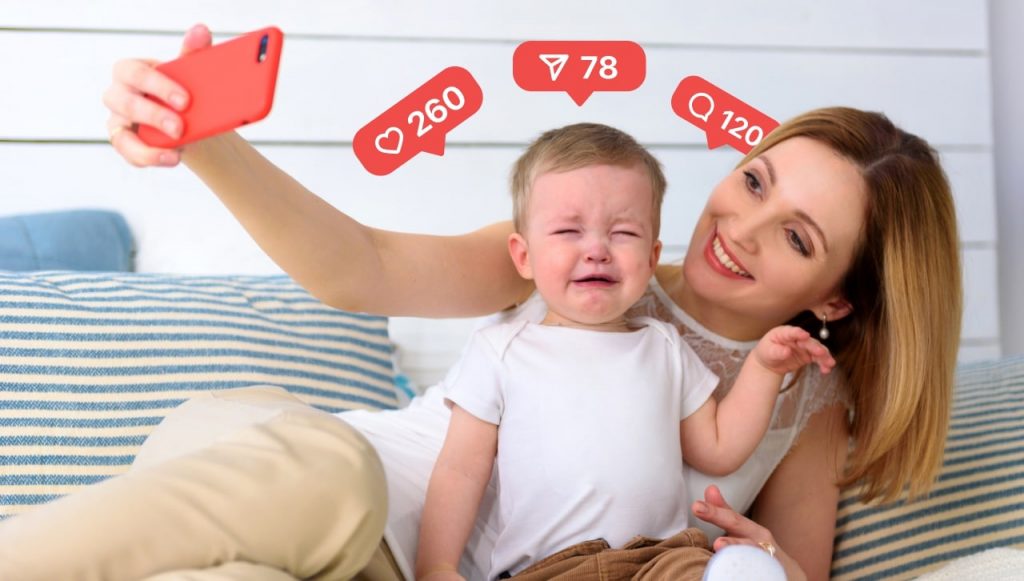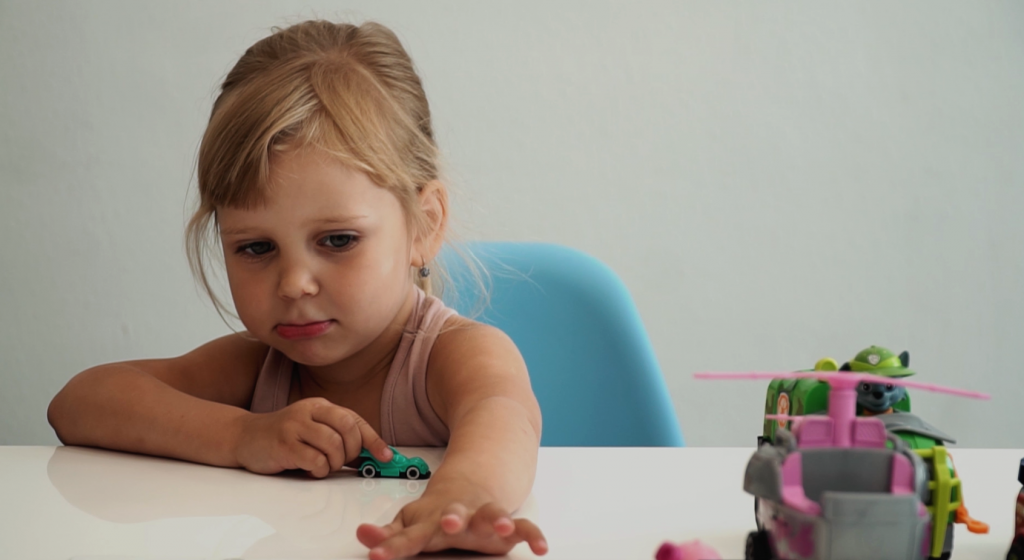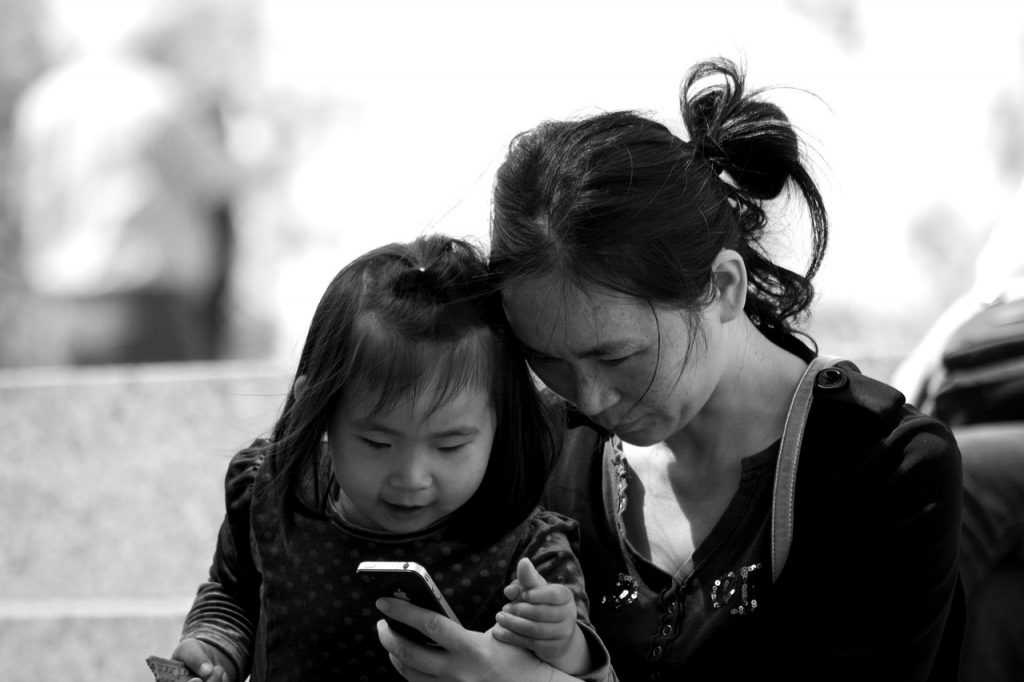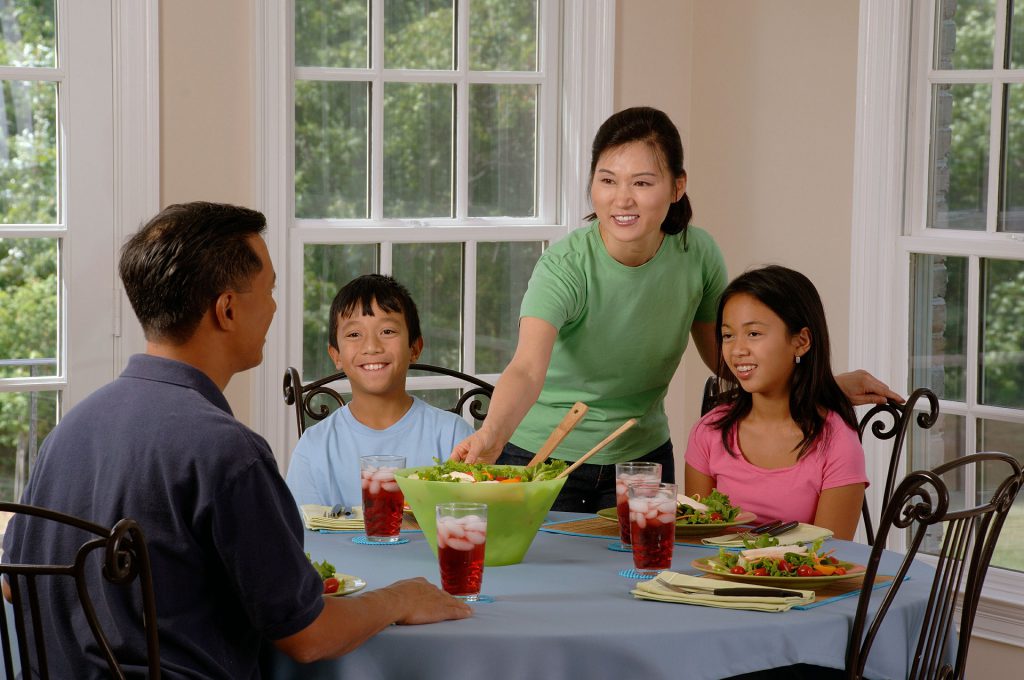What is sharenting and is it dangerous?
In this article we look at the statistics behind the phenomena of documenting your children’s lives online. We explore who is doing it, and what you should ask yourself before you press send and share your children online.
Imagine this scenario. You pick up your phone and start scrolling. Eventually your finger stops on something familiar – your face. You click on the image, and discover that behind it, is a profile that is dedicated to your image. Pictures of you in moments that you barely remember. A litany of comments from people you have no idea even know your name. This isn’t a picture-painting exercise for being cat-fished. This is the future reality for millions of children whose parents (including me) have documented their early years online.
Sharenting’ is the practice of documenting your children’s lives on social media. Trips to the zoo, first steps, fun-packed days at the beach. It’s no big deal, right? Everyone does it. That’s probably the truth most of the time, but there are instances where Sharenting too much, or too personal a detail, can land you – or worse, your children, in hot water.
The term first came to be when a writer for The Wall Street Journal coined the phrase, ‘oversharenting’ to describe their own behaviour when it came to posting about their kids.
Chances are, you probably follow a few ‘sharent’s yourself. And, according to the latest data, you’ve probably sharented too. By the time they are two, more than 80% of children have a presence online, and the average parent shares at least 1,500 photographs of their child before they turn five. (LSE data).
Those sharenting statistics are echoed by SecurityORG, which claims that the vast majority of parents (75%) share pictures of their kids online. In the brand’s online research of 1,000 parents, less than a quarter said that they asked permission from their children before they shared the pictures. And, almost a third admitted that they don’t ask permission at all. What’s more, a quarter of parents do not have a private profile, meaning anyone with an internet connection can access their childrens’ images at the click of a button.
Such is the proliferation of sharenting online that memes exist on the subject – hitting out at everything from sharenting as a form of narcissism to parents laughing at themselves for how much they post about their children.
We see it across cultures and every social demographic. Where once celebrities shielded their children from prying paparazzi, many now treat their offspring as a lucrative extension to their personal brand. This profiling of children inevitably filters its way down through to the general public, eager to portray the perfect family life and document their family milestones with a wider audience.
But it’s not just celebrities that do it. A whole ‘sharenting’ industry has sprung up and parenting influencers rarely come without their brood.
‘Father of Daughters’, and his wife Clemmie Hooper, who shut down her own account, ‘Mother of Daughters’ after a wave of controversy, are two UK based influencers who have been extremely successful monetising their family. Along with the fame, and the relative fortune, they’ve also had their fair share of criticism over the ethics of using their daughters’ images for financial gain.
We can’t talk about famous, or infamous sharenters as the case would be, without mentioning
YouTubers, ‘DaddyOFive’, who lost custody of their children because of their dubious behaviours. In a number of videos, the father and the children’s stepmother played pranks on the children that caused them serious distress. The pranks were filmed and uploaded to the couple’s popular YouTube channel for the internet to share in their upset.
Of course, that is an extreme example, but it demonstrates how using your children for views online can become warped, and unethical if it goes too far.
Why is ‘sharenting’ so bad?
First of all, it’s important to understand the positive reasons why parents share online. Many first-time mothers and fathers find themselves in deeply unfamiliar territory, and sharing with others helps build a sense of camaraderie and community.
Parents also share content of their children because their proud of them, and their achievements. For families who live apart, or are extended, sharing pictures via social media is a good way to keep everyone up to date with how the children are doing. And, with so many people sharing pictures and videos of their children online, the behavior is widespread with many parenting peers doing the same.
But alongside capturing the firsts and documenting the happy moments online, there’s a darker side. You can argue that parenting has always been something of competitive sport, but with a window into a family’s household in your pocket, it can be an unhealthy breeding ground of comparison.
Getting to debt to buy the latest social-media trends, developing anxiety about your child’s achievements and keeping a full calendar of ‘gram-worthy trips and content is a real danger. Feeling the pressure to maintain a picture of perfect family life is something that all social media users should be aware of.
Sharenting dangers and kids’ privacy online.
Sharenting and its impact on children’s privacy is one of the biggest reasons why posting pictures and videos online can be seen negatively. Most sharenting is done with younger kids, and in those cases, those children are unable to give consent, or what they’re consenting to. You’re building a digital life for your child, without their knowledge and input and robbing them of the option to never be on social media at all.
For older children, many may object to having their image used, but have little say over what their parents do – especially if they have gained a profile that is enjoying commercial success. Sharing your children’s lives online leaves them open to scrutiny, unfair criticism and potential online bullying too.
In fact, cases of children sueing their parents for using their image without consent are on the rise – so much so that law firms are offering advice on the topic in this new area of confidentiality litigation.
Social media platforms are new phenomena. We don’t know what the impact that sharenting will have on a whole generation of kids who are finding their own way in the digital world. Many are discovering that they already have an established online persona that they weren’t aware of. As they come to develop their own autonomy around what they share with others, conflict with their own parents over historical content can occur. The right to build their own persona, to pick and choose what parts of their life and history is shared with others has effectively already been decided for them.
Child psychologists have also expressed concern about the potential harm sharenting can cause. When parents document and share their children’s lives online, they effectively create a narrative around their character which the child hasn’t built for themselves.
Nothing’s 100% private online.
The internet can be a dark place. For every rosy-red like on Instagram, there’s the very real danger that content can fall into the hands of people that do not have your child’s best interests at heart.
Images can be screen-shotted, taken and re-purposed for less innocent means. According to The New Yorker, data suggests that by 2030, nearly two-thirds of identity fraud will be because of sharenting. The crime of ‘digital’ kidnapping is a very real one. A lot of damage can be done with a simple mage of your child. Strange people can pretend your children are their own, and use their identity to defraud others, alongside other criminal acts.
The phenomenon doesn’t just apply to pictures, reels, and the odd Instagram story. When you post about your kids online, data is collected by a myriad of digital businesses, and those bites of information shape the world you see online.
For every picture you share, every comment you make, tech companies are listening. Before your children are even old enough to type their name into a device, advertisers and data collectors have used their existence to sell you things, and create a data point that lets them know they have a future customer waiting in the wings.
How to ‘sharent’ responsibly?
As with all things online, boundaries are key to setting healthy parameters to what, and with whom, you share. With older children, it’s possible to ‘co-sharent’, by bringing them into the conversation around social media and what you’re planning on posting. Here are a few ideas on how to strike the right balance:
- Always show them the picture. If they don’t like it, or have any doubts, don’t post it.
- Agree the follower list together. A mutually agreed and close set of people that you all respect.
- Don’t over-do it. Social media is addictive. Set boundaries with yourself about acceptable amounts of time to spend on the apps, and make sure your children are clear on those rules too.
- Don’t rely on likes. Being too-dependent on social media approval isn’t healthy for anyone, let alone a teen who’s developing their self of sense, and self-esteem. Don’t encourage behaviour that counts likes on your content.
- Thinking about blogging? Be honest and fair with the proceeds. If you’re using your child’s image for profit, think seriously about how you can make sure they are remunerated for it.
And what about younger children, or those without the means to consent? The American Academy of Pediatrics (AAP) recommends the following five things to ask yourself before you press ‘share’ on that social post of your kids:
Why are you sharing it?
This isn’t a bad lens to use for any content you share online. Before you hit upload, be honest with yourself, and critical of your own motivations around sharing. Do you really need to do it? If no, then maybe you should abstain.
Would you want someone to share it about you?
When children are young, they do all sorts of funny things. Their reactions and behaviours are full of youthful idiosyncrasies, but you should remember that they are in your guardianship, and protecting them means keeping some of those things secret and sacred. Would you want someone sharing a picture of you pretending to be Father Christmas with a bath bubble beard? If the answer is no then keep those funny little moments just for you.
Could your child be embarrassed about it now, or in the future?
Don’t use your kid as a prop for cheap laughs. When you share those little moments online, they stay there forever and you’re betraying the trust they have in you as their number one protector and support through life.
Is there anyone in the world who shouldn’t see this about your child, now – or ever?
This is a good litmus test to think about when you feel tempted to post pictures of your children that might be compromising. If anyone – from future employers to your child’s future romantic partners, and criminals with less than pure intentions could see it, would you post?
Is this something that you want to be part of your child’s digital footprint?
We live online forever. You probably want your child’s online persona to come across as smart, responsible and together, right? If you think that posting might harm that image in some way, then give posting a miss.
As with all social sharing, it’s important to set your own boundaries and have healthy habits where you limit the time you spend on apps, model responsible behaviour to your children and ensure the household follows the same rules. Sharing pictures and videos can be fun, and helps keep you connected with friends and family, but it’s always a good idea to think about the content from the perspective of your child before you commit to the post.





